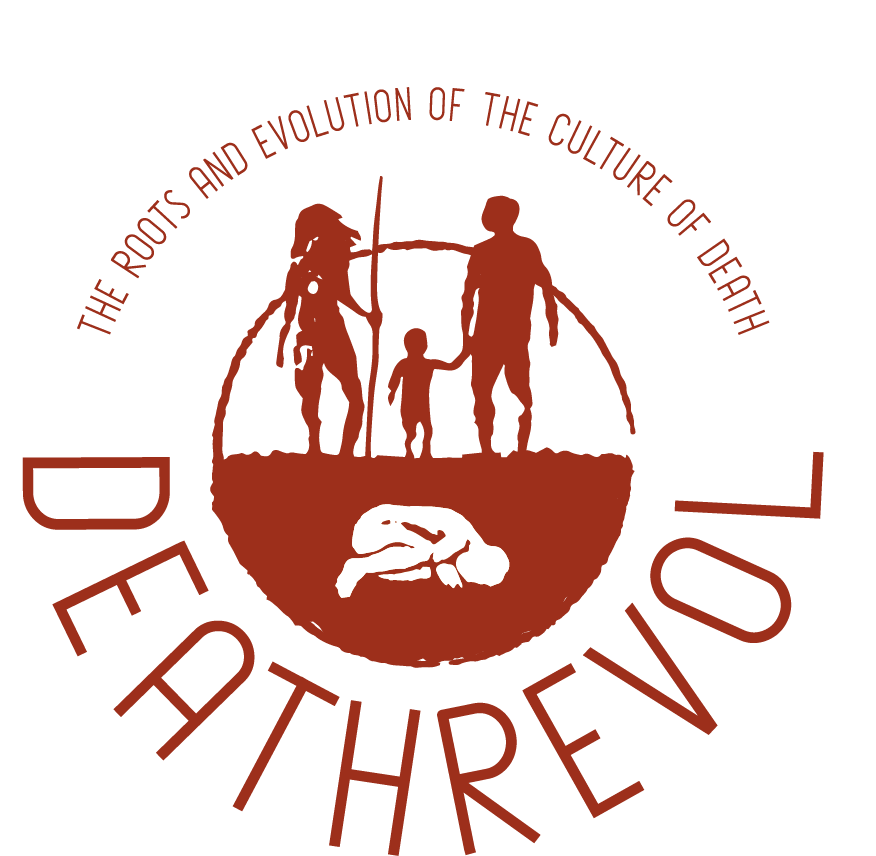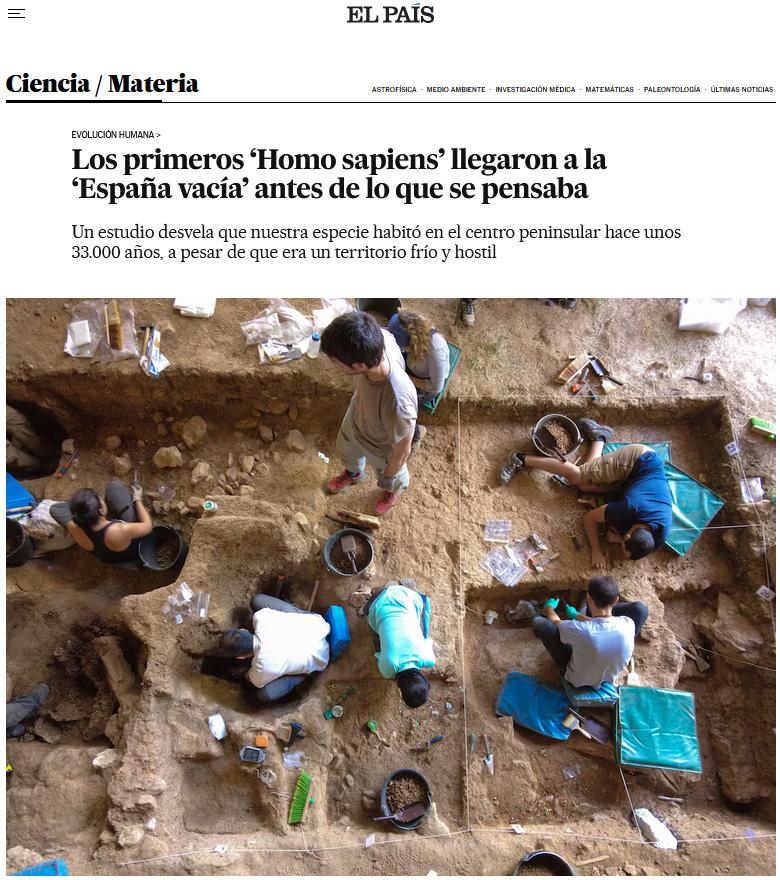Divulgation
NOBODY´S LAND?_VIRGINIA MARTÍNEZ PILLADO
You can find more information here: https://www.science.org/doi/10.1126/sciadv.ado3807
NOBODY´S LAND?_SAMUEL CASTILLO
You can find more information here: https://www.science.org/doi/10.1126/sciadv.ado3807
NOBODY´S LAND?_MANUEL ALCARAZ-CASTAÑO: BLADELET
You can find more information here: https://www.science.org/doi/10.1126/sciadv.ado3807
NOBODY´S LAND?_MANUEL ALCARAZ-CASTAÑO
You can find more information here: https://www.science.org/doi/10.1126/sciadv.ado3807
NOBODY´S LAND?_ADRIÁN PABLOS
You can find more information here: https://www.science.org/doi/10.1126/sciadv.ado3807
NOBODY´S LAND?_NOHEMI SALA
You can find more information here: https://www.science.org/doi/10.1126/sciadv.ado3807
WHAT CAN WE DESCRIBE THROUGH TAPHONOMY?
Taphonomy, derived from the Greek “taphos” meaning “burial”, and “nomos” which translates to “law”, is a fundamental discipline for unraveling the mysteries surrounding the fossil deposits. Situated at the intersection of geology and biology, this discipline is devoted to the meticulous analysis of the processes governing fossilization and seeks to discern the causes behind the formation of fossil accumulations.
By examining bone assemblages from a taphonomic perspective, we can decipher a wide range of processes, from carnivore tooth marks to anthropic cut marks, as well as other signals left by biological or geological agents. The fractures present in bones also provide valuable information about their history, indicating when and how they were generated. It is through the interpretation of these data that we can reconstruct past events, understand the processes involved, and in some way, step back in time, akin to investigators at a crime scene.
MORTUARY AND FUNERARY BEHAVIOR
There are indications that some animals may have mortuary behaviour. Some primates, such as chimpanzees or gorillas, may show changes in their usual behaviour such as staying near the carcass for a period of time, cleaning the teeth of the corpse, or even mothers carrying the carcass of a dead calf for weeks. As time passes, they end up leaving the lifeless body and that activity ceases forever.
Other species, such as dolphins or elephants, also develop specific behaviours with the corpses of their relatives such as looking at, touching or even transporting the corpse for a while. This type of behaviour is fascinating, but it is not considered funerary behaviour, but mortuary. Do you remember the differences between these behaviours?
Death is an experience shared by all living things, but only people honor the dead with funeral rites. Unlike mortuary behaviour (related to the treatment of the body after death), funeral behaviour is a ritual, symbolic activity, characterized by having two components: space and time. Humans create spaces for the dead. In addition, we honor the death and maintain a link with them over time, commemorating the deceased through rites. In this way, a natural process (death) becomes a cultural process, which with different mortuary manifestations, is common to all human cultures that currently inhabit the planet.
The culture of death is a common and exclusive axis of human beings, but, when did our ancestors begin to acquire a culture of death? Listen to our podcast “Historias de la Prehistoria” to learn more!



